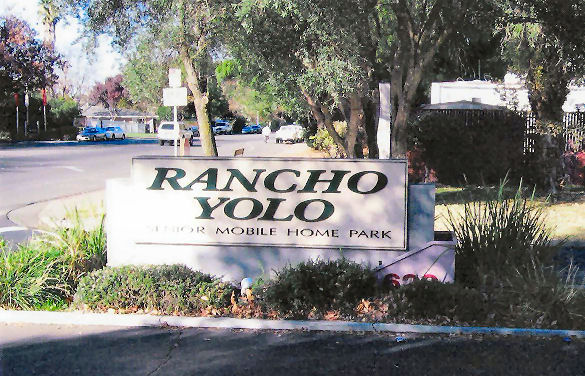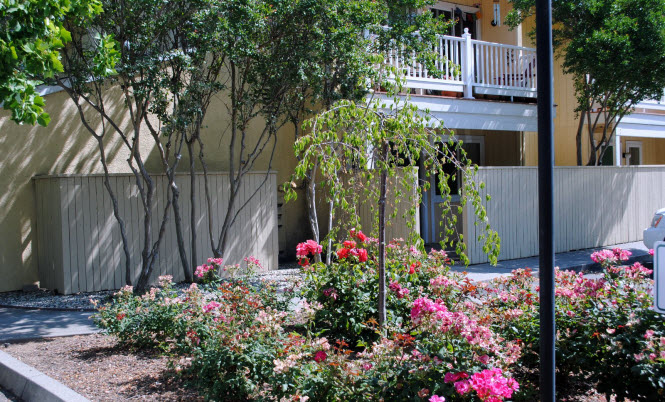My View: The City Needs to Get This Right Very Fast

It has been no secret that the City is badly in need of a communications director. I have been saying this for well over a year now. The city leaders and even the city manager acknowledge this need.
However, given their focus on water, the impending election, and the city’s labor situation, adding a communications director is a thorny issue. After all, how do you justify spending $100,000 to $150,000 on what will be called a PR person when you are asking existing employees to take concessions at the labor table?

 As Jerry Hallee, President of the Rancho Yolo Community Association, explains it, two weeks ago when they got the city’s Prop 218 notification they realized that the Rancho Yolo senior community is being assessed at the multi-family residence rate.
As Jerry Hallee, President of the Rancho Yolo Community Association, explains it, two weeks ago when they got the city’s Prop 218 notification they realized that the Rancho Yolo senior community is being assessed at the multi-family residence rate.
 California leads the nation in wrongful convictions, according to a 2012 study, but it trails many states, particularly New Jersey, in safeguards and best practices aimed at reducing critical areas where wrongful convictions are likely to occur.
California leads the nation in wrongful convictions, according to a 2012 study, but it trails many states, particularly New Jersey, in safeguards and best practices aimed at reducing critical areas where wrongful convictions are likely to occur.
 by Antoinnette Borbon
by Antoinnette Borbon
 Given the nature of this site and organization, it is actually somewhat remarkable that we do not make more errors, more often. Unfortunately, on Sunday, a couple were made that should not have been.
Given the nature of this site and organization, it is actually somewhat remarkable that we do not make more errors, more often. Unfortunately, on Sunday, a couple were made that should not have been.







